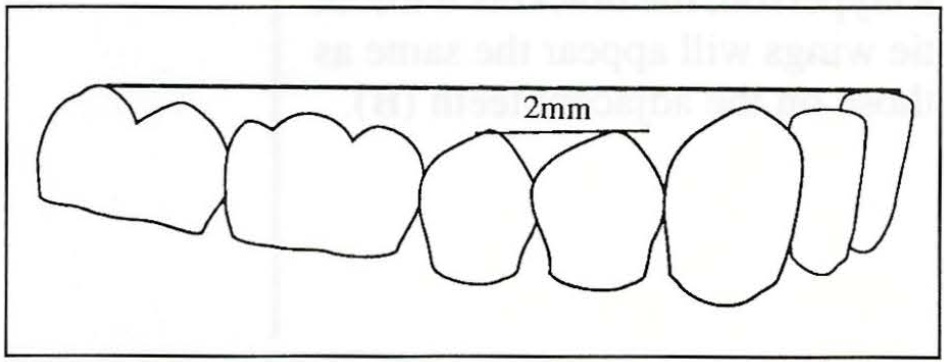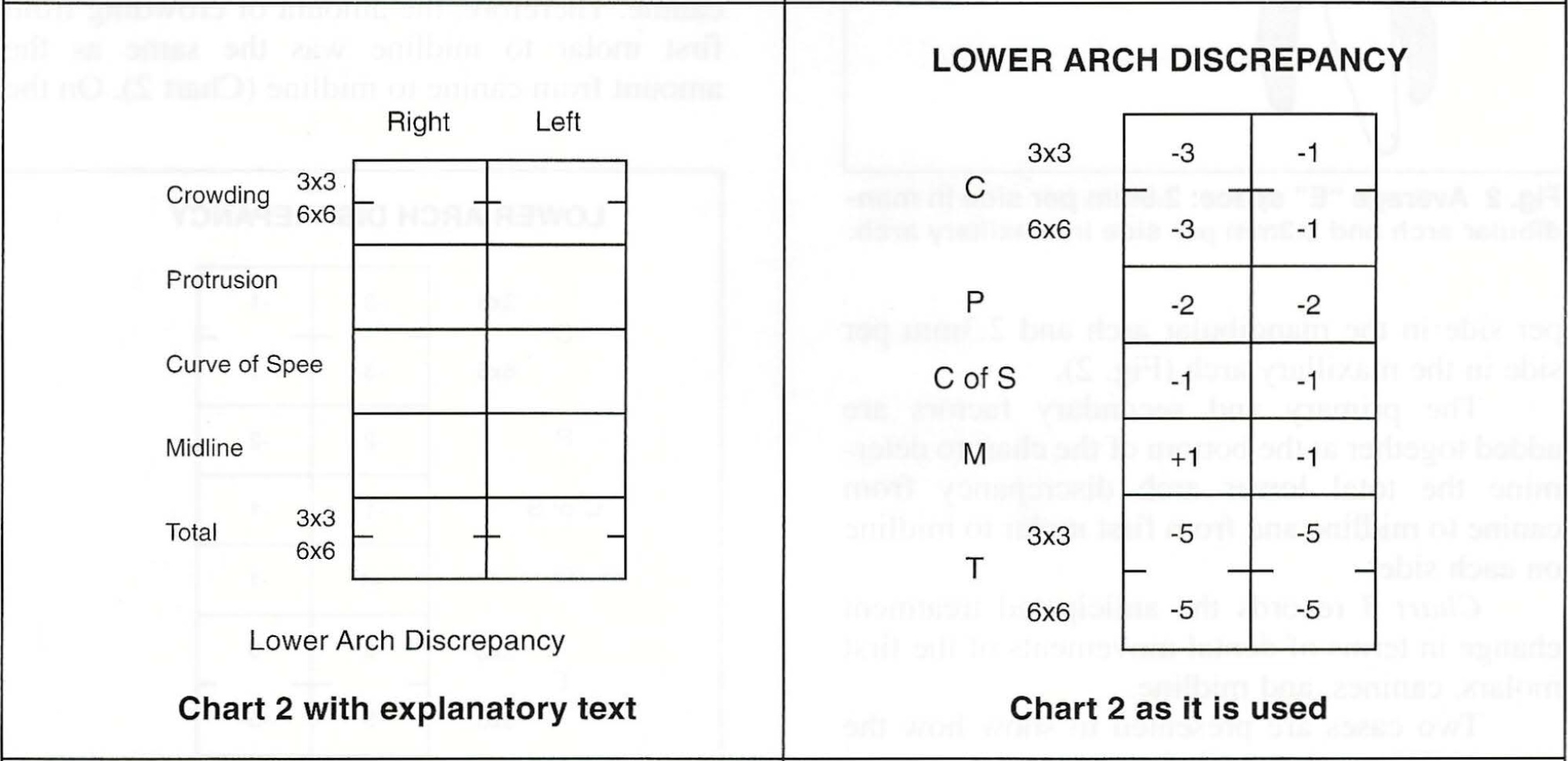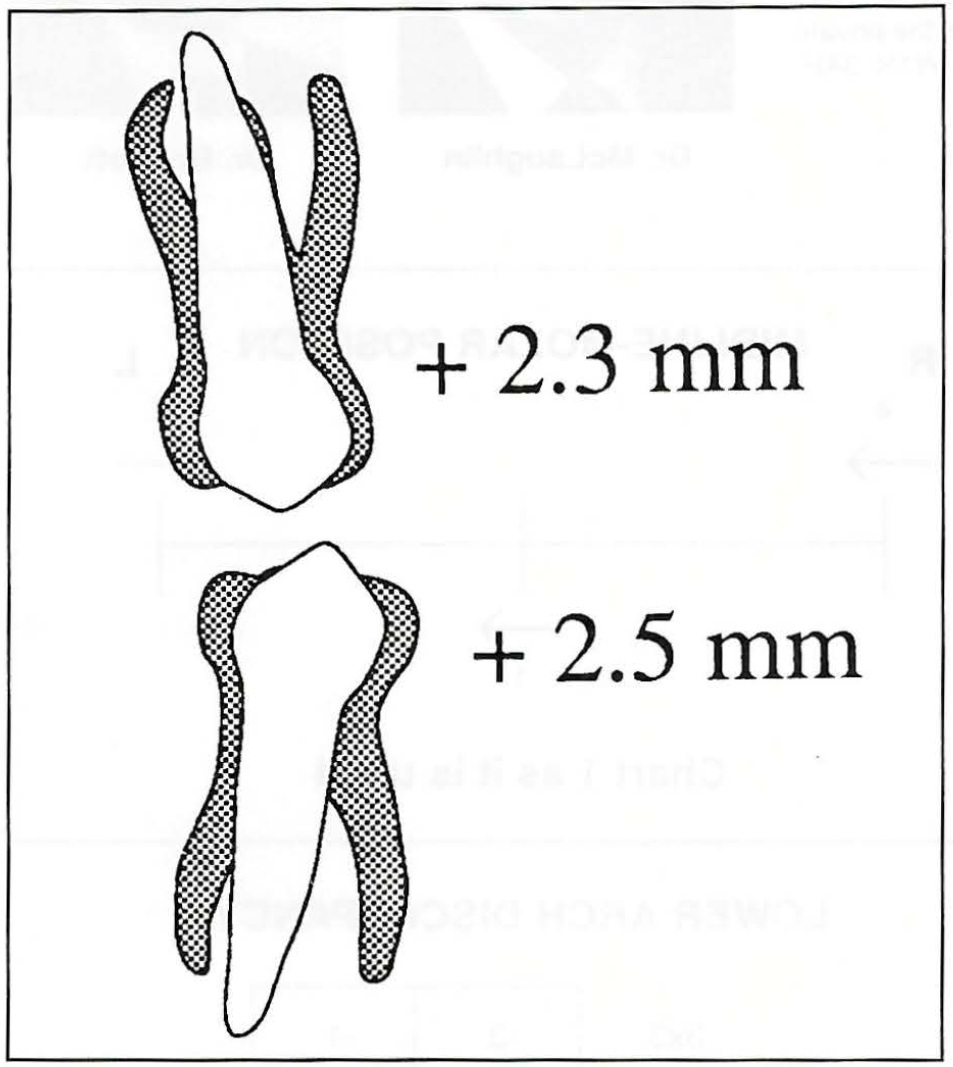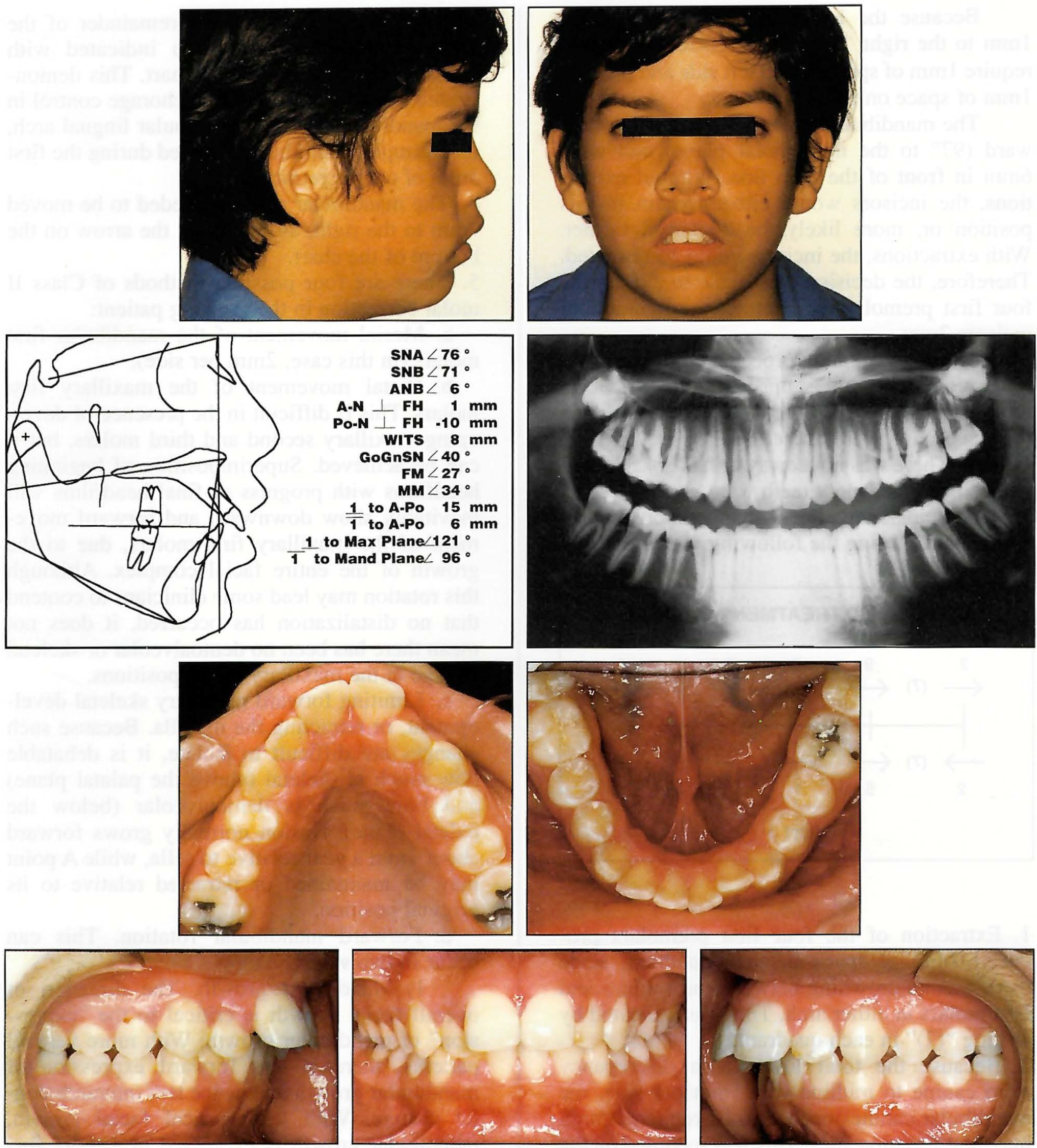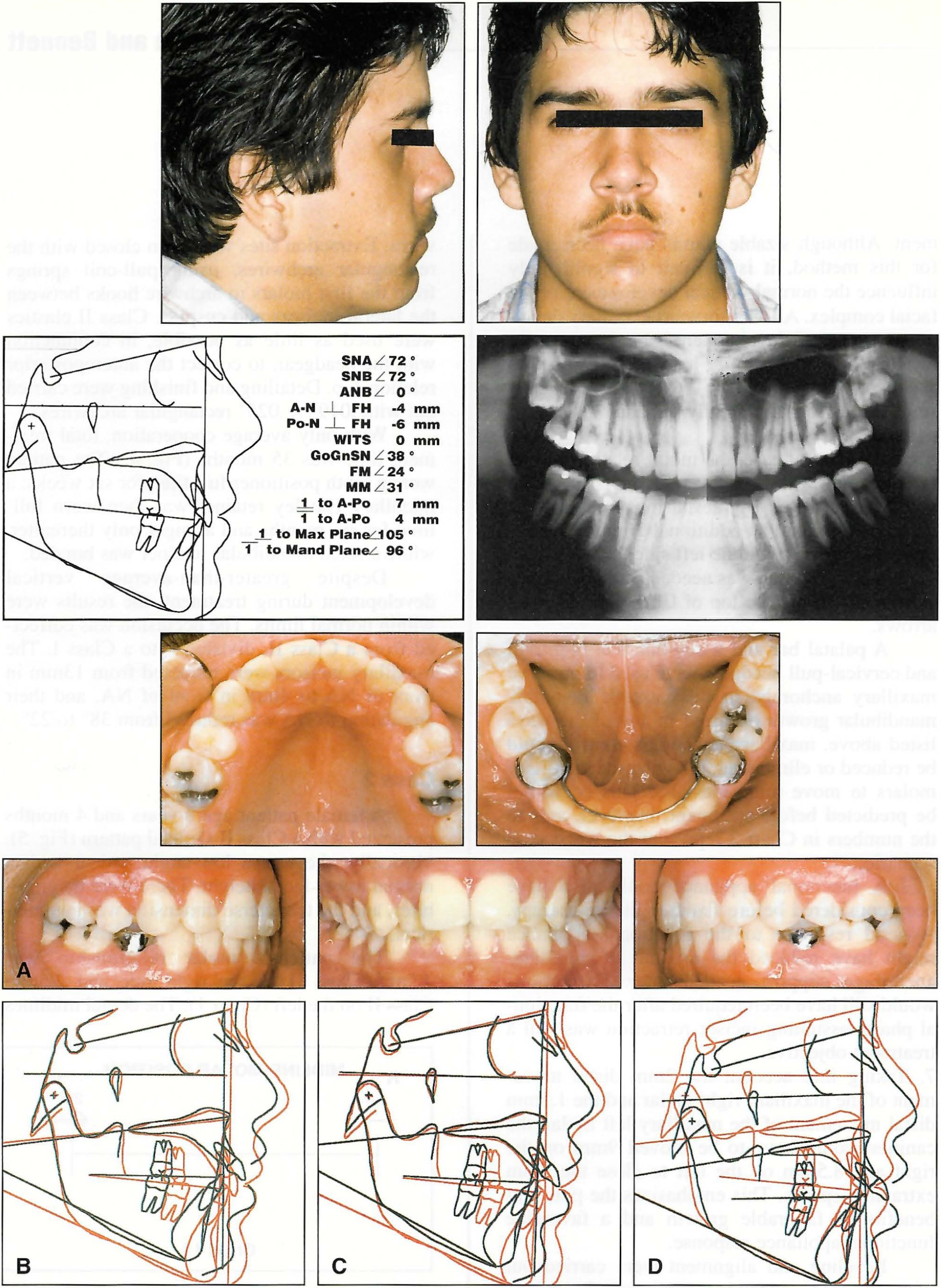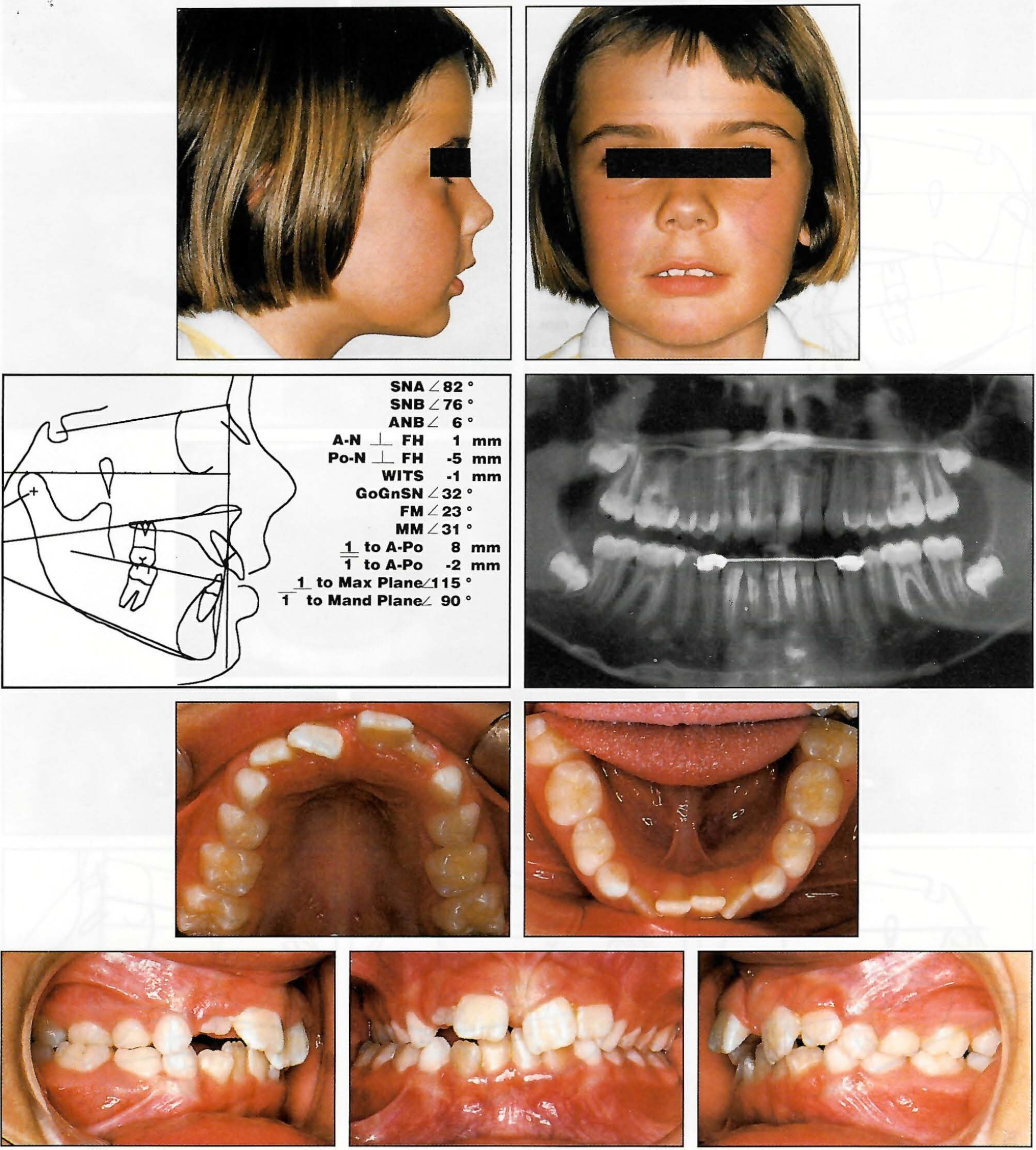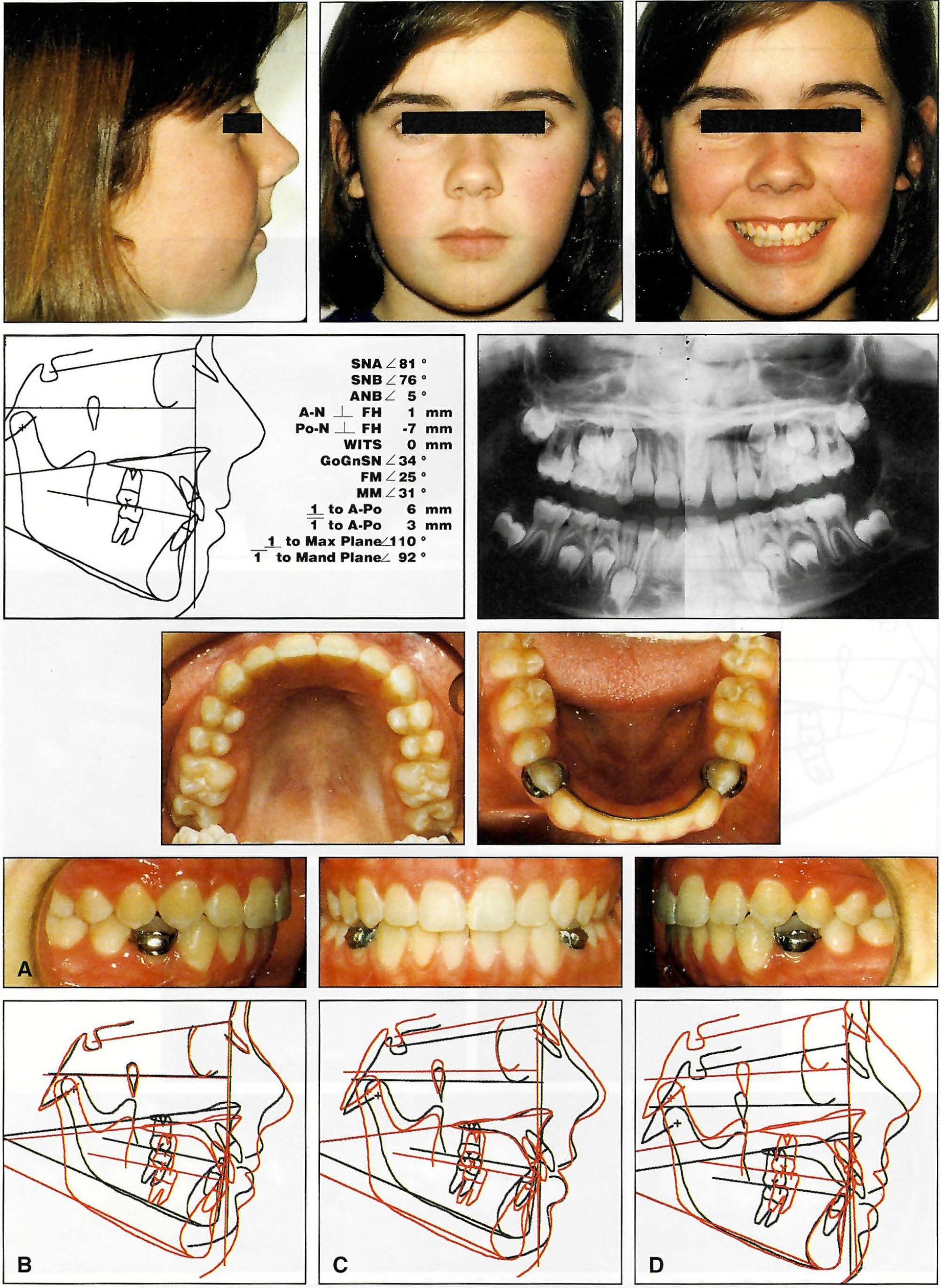THE READERS' CORNER
What percentage of your patients do you feel are uncooperative?
Readers were asked to respond in six categories, and the mean percentages of non-compliant patients were: keeping appointments, 13%; oral hygiene, 28%; wearing removable appliances, 20%; wearing headgear, 33%; wearing elastics, 25%; wearing retainers, 23%. Individual responses ranged from 1% to 95%.
How do you monitor or evaluate patient compliance in the above areas?
Many of the orthodontists listed three or four different methods. About 40% said they relied on clinical observation. Parental involvement, patient questioning, and record keeping were each mentioned by about one-fourth of the clinicians.
Specific responses included:
Similar articles from the archive:
- THE READERS' CORNER December 1993
- THE READERS' CORNER January 1993
- THE READERS' CORNER December 1989
- "Patients are graded on hygiene and cooperation at every appointment. These results are also given to the parents. Hygiene is obvious; elastic wear is determined by overbite and overjet, which are measured at each appointment. Retainer wear is determined by any relapse evident."
- "Each instance of non-cooperation is entered on the treatment records and highlighted. Follow-up letters (in the word processor) are sent."
- "We denote compliance problems in red on the treatment card. When repeated excessively, we schedule a problem conference. If a conference doesn't result in change, we implement a charge for breakage and/or reinstate a monthly fee for extended treatment."
- "We speak with the parents and schedule more frequent visits. Prizes are given for a job well done."
How many years have you been in practice?
The mean was 21 years, and the range was from three to 50 years.
Please rate adolescent patients during the following periods in terms of overall cooperation on a scale from 1 to 5, with 1 being most cooperative and 5 being least cooperative.
Adolescents from 1976 to 1985 were rated about the same on average (3.1) as adolescents from 1986 to the present (3.2). However, patients between 1960 and 1975 received an average cooperation rating of 2.4, and patients before 1960 an average of 1.6 (although only five respondents had experience with this group). Fewer than one-fifth of the clinicians rated the current generation of adolescents as more cooperative than previous generations. Orthodontists who had been in practice for 21 years or more gave virtually the same mean ratings overall as those who had been in practice for 20 years or fewer.
Please rate patients from the following age groups in terms of overall cooperation on the same scale from 1 to 5.
Patients under 10 years old were considered the most cooperative, with a mean rating of 1.6. They were followed by 10-to-11-year-olds (2.3), patients over 16 (2.6), 12-to-13-year-olds (3.1), and 14-to-16-year-olds (3.5).
To what factors do you attribute any differences in cooperation among these periods or age groups?
Individual responses included:
- "Younger patients are more enthusiastic, perhaps because braces at that age are the 'in' thing. As they get older into their teens, they begrudge wearing braces when their peers are not."
- "At the onset of puberty, patients have their minds on too many other things, and their orthodontic treatment is not as important. Younger children often strive to please adults and are motivated by praise."
- "Parents have less control of their kids as they become teen-agers. Also, parents try to act as if their kids are perfect, and they try to lie for them in some cases."
- "Under 10 wants to please. The 12-to-16-year-olds are discovering who they are. Over 16 are paying the price in dollars or time, and thus they want to cooperate."
Compared to 10 years ago, are you using more or fewer appliances that require patient cooperation?
Only 9% of the clinicians reported using more non-compliance appliances today than a decade ago. About 54% were using fewer such appliances, and 37% were using the same amount.
Which non-compliance appliances do you use regularly?
The most popular appliances, each used by more than one-third of those using any non-compliance mechanisms, were the Jasper Jumper, Hilgers Pendulum, and Herbst. A number of other appliances, including magnets, springs, fixed expanders, the Mandibular Protrusion Appliance, and the Jones Jig, were also mentioned.
What other techniques have you found helpful in increasing patient compliance?
Some specific answers:
- "Communication of individual goals and how the patient gets there. Measurement of goals at each appointment. Positive reinforcement and praise. Realistic consultation with patients and parents when no progress is seen."
- "Create a vision of what they want."
- "We reward for successful appointments in which there are no problems and measurable improvement. The patient collects coupons with which they may purchase items of their choosing."
- "We do a lot of growth guidance, starting treatment when a problem begins--at 6, 7, 8, or 9 years old--and following the patient through growth until the 12-year molars are in and functional."
- "Prayer."
Do you currently have an in-office laboratory? If not, why not?
A little more than half of the respondents said they had their own laboratories. Those who didn't were mainly concerned about costs, space, and staffing requirements. A few said they had developed good working relationships with nearby commercial laboratories.
What is your approximate annual cost of outside laboratory work?
Responses ranged from zero to $180,000, with a mean of $14,712.
How do you track your laboratory work? If you have a tracking system, what are its advantages and disadvantages?
Nearly three-fourths of the practices had manual tracking systems, 13% had computerized systems, and 15% had no systems. Those with computerized systems listed accuracy and cost-effectiveness as advantages. Those with manual systems mentioned timeliness and cost control as advantages, but a few said the effort and the possibility of error were disadvantages.
Specific responses included:
- "We have two offices, and our computerized tracking system prevents mixups between them. It has been several years since we had an appliance late or in the wrong office."
- "With the computer, we track both our cost in labor and materials and, of course, when the appliance is due."
- "Tracking keeps up with where the appliance is in production until the delivery appointment, so that it is ready on time."
- "We have a daily checklist for lab work due the following day. It works if we follow our list; if not, it doesn't work."
- "I evaluate the cost of my lab in comparison to an outside lab. I can evaluate convenience and control over quality."
If you have an in-office laboratory, is it in a separate room? What is the approximate square footage of your laboratory?
All the practitioners who had in-house laboratories kept them in separate rooms. The square footage ranged from 60 to 1,000, with a mean of 210.
What is the approximate annual cost of your laboratory (not including salaries)? How many laboratory technicians do you employ?
The average annual cost was about $5,000, with responses ranging from $500 to $23,000. The average practice had about one full-time and one part-time laboratory employee, but individual responses varied from zero to four in each category.
What types of appliances are normally fabricated in your laboratory?
All of those who had in-office laboratories used them to make biteplates and removable retainers, and most used them for study models. Nearly one-third each used them for making removable functional and fixed functional appliances. Other applications included palatal expanders, space maintainers, lingual arches, splints, and indirect bonding.
What are your reasons for fabricating these appliances in the office rather than using an outside laboratory?
Most of the respondents mentioned turnaround time, cost, convenience, and quality control. Several said they had set up their accounting to have the laboratory fund their children's college educations.
Individual answers included:
- "Better control of quality and turnaround time on appliances we do more frequently. We believe our bottom line has improved also."
- "1. Utilization of existing staff during slow times. 2. To keep a full-time high-salaried staff member busy. 3. There are times when an appliance is needed faster than an outside lab can deliver. If staff cannot do it or are out of practice, then the doctor gets to stay overtime."
Do you feel the in-office laboratory is cost-effective compared to outside laboratories?
More than three-fourths of the orthodontists with in-office laboratories said "yes". Explanations included:
- "I've kept track of the number of appliances and models made and found it cost-effective compared to an outside lab. Also, the lab employee helps answer the phone and make appointments when the office is busy."
- "My in-office lab charges my orthodontic practice about $25,000. The cost of labor and supplies is about $12,000. Thus, I am able to funnel $13,000 to a source other than myself at a lower tax bracket."
- "By increasing study models, linguals, simple Hawleys, and Biostars in-office, I've decreased my lab fees by $8,000 from the prior year without increasing salaries of staff overall."
- "I feel it would be more cost-effective to contract with an outside lab. The main reason we do some in-house is better service to the patient, by having shorter turnaround time, and for convenience."
- "Outside labs are not expensive; competition keeps the prices reasonable. An in-house lab requires training personnel, who usually leave and start their own lab."
JCO would like to thank the following contributors to this month's column:
Dr. Kenneth J. Agronin, Westlake, OH
Dr. Richard M. Bach, Riverhead, NY
Dr. William A. Barton, San Diego, CA
Drs. Donald C. Bedrosian and Robert A. Azarik, Quakertown, PA
Dr. G. Stephen Bell, Forest City, NC
Drs. Charles Y. and J. Kevin Coghlan, Bloomington, IN
Dr. Richard M. Demko, Chesterfield, MO
Dr. Gregory W. Dietmeier, Denver, CO
Dr. Dennis M. Dipalma, Willoughby, OH
Dr. Richard M. Garlitz, Hickory, NC
Dr. David Goodman, Wilmington, DE
Drs. Daniel J. Grob and Mark T. Donovan, Tucson, AZ
Dr. Robert H. Hambleton, Pasadena, CA
Dr. Michael E. Harris, Elizabethtown, KY
Drs. Ben L. and Robert Herzberg, Highland Park, IL
Dr. J. Michael Hudson, Decatur, IL
Dr. Roy K. King, Jupiter, FL
Drs. Ronald W. and Andrew C. Kohl, Jamestown, NY
Dr. Ramona M. L'Heureux, Newport, RI
Dr. Ronald A. Madere, Mandeville, LA
Dr. James H. Mason, Jr., Roswell, GA
Dr. David E. Massignan, Bay City, MI
Dr. John R. McCranels, West Palm Beach, FL
Dr. Christine E. McKenna, Wakefield, MA
Dr. R. Matthew Miner, Dedham, MA
Dr. Vincent J. O'Shell, Beaumont, TX
Dr. David E. Pair, Northridge, CA
Dr. Robert Palma, Fort Salonga, NY
Dr. F.D. Pattishall, Charlotte, NC
Dr. Robert M. Peterson, Jr., Chicago, IL
Dr. Peter J. Picard, Walnut Creek, CA
Drs. David B. and Thomas K. Reen, West Springfield, MA
Dr. E.G. Righellis, Oakland, CA
Dr. Barry M. Rosenberg, Canton, CT
Dr. Michael N. Rosenberg, Miami, FL
Dr. Lawrence N. Rouff, Binghamton, NY
Dr. Michael L. Runey III, Charleston, SC
Dr. Ramesh C. Sardana, Baltimore, MD
Dr. Walter W. Schratz, McMurray, PA
Drs. Gary D. Schuller and John R. Tibbetts, Williamsville, NY
Dr. Gail E. Schupak, New York, NY
Drs. Terry A. Sellke and Donald J. Reily, Grayslake, IL
Dr. William G. Sinclair, Jr., Claremont, CA
Dr. James F. Soltes, Chicago, IL
Dr. Howard S. Spurrier, Salt Lake City, UT
Dr. J. William Stumbo, Parkersburg, WV
Drs. William Wallert and M. Alan Bagden, Springfield, VA
Dr. Emanuel Wasserman, Beverly Hills, CA
Dr. Allan D. Weimer, Steamboat Springs, CO
Dr. Dennis E. Winn, Grand Rapids, MI



